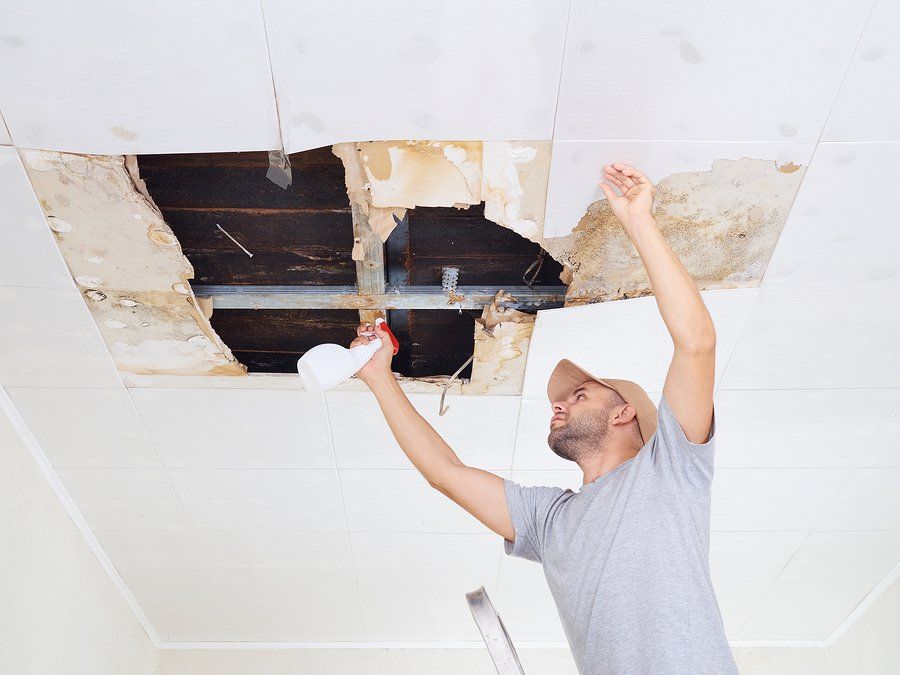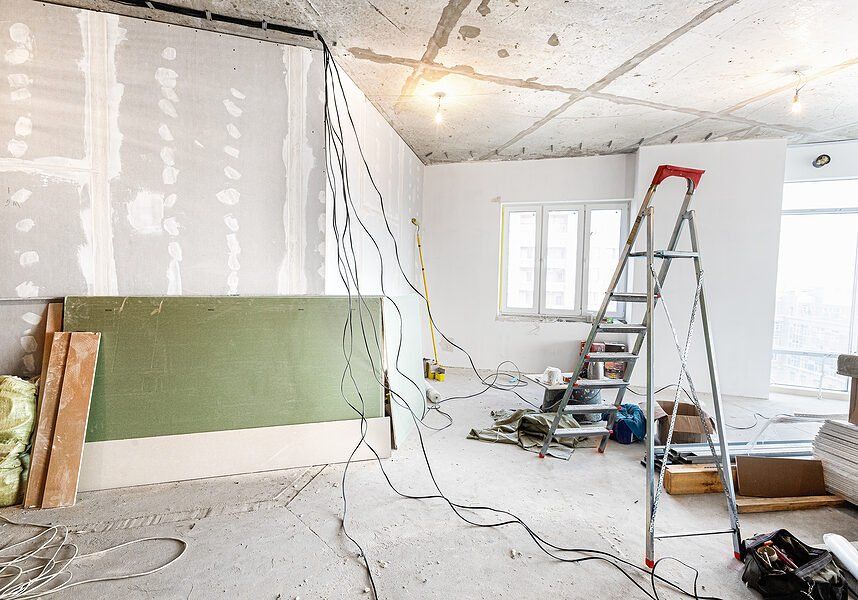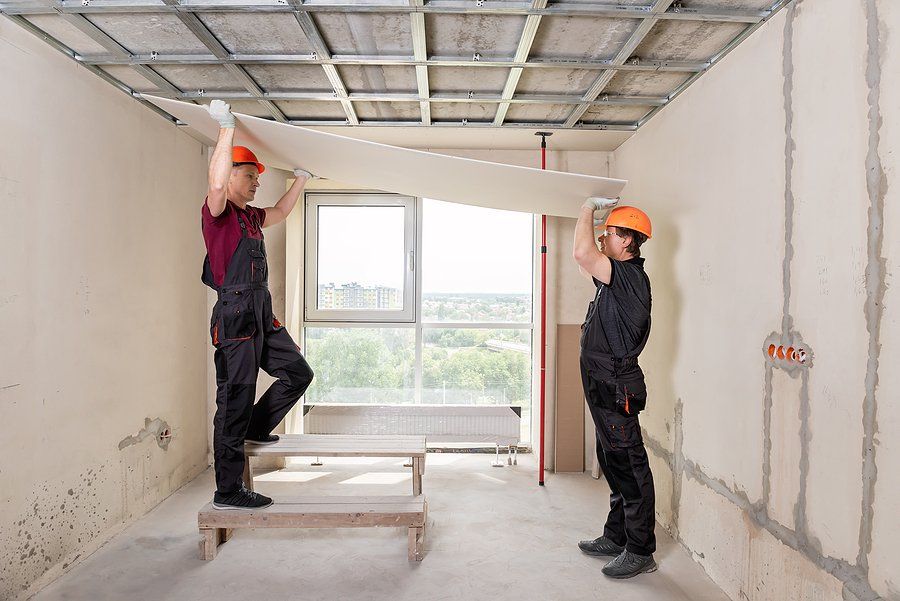Water Damage Woes? How to Fix and Prevent Common Problems
Essential Steps for Effective Water Damage Repair and Prevention: A Comprehensive Guide
Water damage can be a homeowner's nightmare, leading to structural issues, mold growth, and significant repair costs. Understanding how to address and prevent water damage is crucial for maintaining the safety and value of your home. This guide will walk you through effective water damage repair strategies, from immediate cleanup to long-term prevention, while integrating key aspects of water damage restoration, drywall repair, and more.

Understanding Water Damage
Water damage occurs when unwanted moisture infiltrates areas where it shouldn’t be, potentially causing significant harm to your property. This could result from a variety of sources, such as leaky pipes, broken appliances, or natural disasters like floods. The immediate response to water damage is critical, as delaying action can lead to further complications such as mold growth and structural damage.
The Importance of Prompt Water Damage Restoration
Timely water damage restoration is essential to minimize the impact on your property. The longer water sits, the more damage it can cause. Quick and effective water damage & restoration procedures help in salvaging affected areas and preventing secondary damage. This involves removing excess water, drying out the area, and making necessary repairs.
Step-by-Step Water Damage Repair Guide
1. Assess the Situation
The first step in water damage repair is to assess the extent of the damage. Identify the source of the water intrusion and stop it if possible. Inspect the affected areas to determine whether the damage is localized or widespread. This initial assessment will guide the repair and restoration process.
2. Water Damage Cleanup
Water damage clean up is crucial to prevent mold growth and further deterioration of your property. Start by removing standing water using pumps or wet vacuums. After removing the water, thoroughly dry out the area using dehumidifiers and fans. Ensure that all surfaces are completely dry to prevent future issues.
3. Drywall Water Damage Repair
If water has affected your walls, you may need drywall repair. Drywall water damage repair involves several steps:
- Inspect the Drywall: Look for signs of water damage, such as staining, sagging, or warping.
- Remove Damaged Sections: Cut out and remove any sections of drywall that are severely damaged. This is necessary to prevent mold growth and ensure proper repair.
- Replace and Repair: Install new drywall or wallboard repair to replace the damaged sections. Tape and mud the seams, then sand and paint to match the existing walls.
4. Addressing Structural Damage
For more severe cases, you may need to enlist a water damage contractor or water damage specialists to handle the structural repairs. They can address issues such as weakened framing, damaged insulation, and compromised flooring.
5. Restoration of Water Damage
Once the area is dry and repaired, focus on the restoration of water damage. This involves returning the affected area to its original state. If needed, repaint walls, replace flooring, and reinstall fixtures. Ensure all repairs are done thoroughly to prevent future problems.
Common Water Damage Problems and Solutions
1. Mold Growth
Mold thrives in damp environments. If not addressed promptly, it can cause health issues and further damage to your home. To combat mold:
- Identify and Eliminate Moisture: Fix leaks and ensure the area is completely dry.
- Clean and Remove Mold: Use mold-cleaning solutions or consult a professional for extensive mold issues.
2. Structural Damage
Excessive water can weaken structural elements of your home. Look for signs like sagging ceilings, buckling floors, or warped walls. Repairing this damage may require professional intervention.
3. Electrical Hazards
Water and electricity are a dangerous combination. If you suspect that water has come into contact with electrical systems, turn off the power and contact a qualified electrician to inspect and repair any damage.
Preventing Future Water Damage
Preventing water damage is key to avoiding the extensive repairs and costs associated with it. Here are some steps to help you protect your home:
1. Regular Inspections
Conduct regular inspections of your home to identify potential issues before they become problems. Check for leaks, inspect your roof, and ensure that your plumbing is in good condition.
2. Proper Drainage
Ensure that your property has proper drainage to direct water away from your home’s foundation. Maintain gutters and downspouts to prevent water from overflowing and causing damage.
3. Seal Leaks
Seal any gaps or cracks in your home’s exterior to prevent water from entering. This includes sealing around windows, doors, and where pipes enter your home.
4. Install Water Detection Systems
Consider installing water detection systems that can alert you to leaks or excess moisture before they cause significant damage.
5. Maintain Your Plumbing
Regularly check and maintain your plumbing to prevent leaks. Replace old or worn-out pipes and fixtures as needed.
Conclusion
Water damage repair requires prompt action and careful planning to restore your home and prevent future issues. From initial water damage cleanup to comprehensive drywall repair and water damage restoration, addressing water damage efficiently will help you maintain a safe and functional living environment. By following the steps outlined and taking preventive measures, you can mitigate the impact of water damage and protect your home from potential problems.



